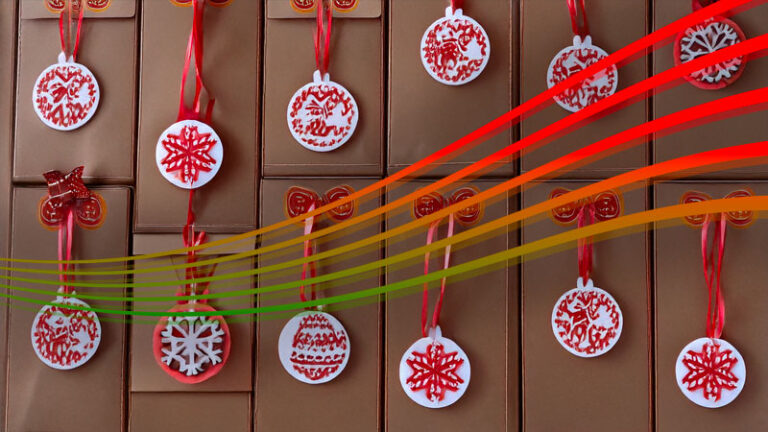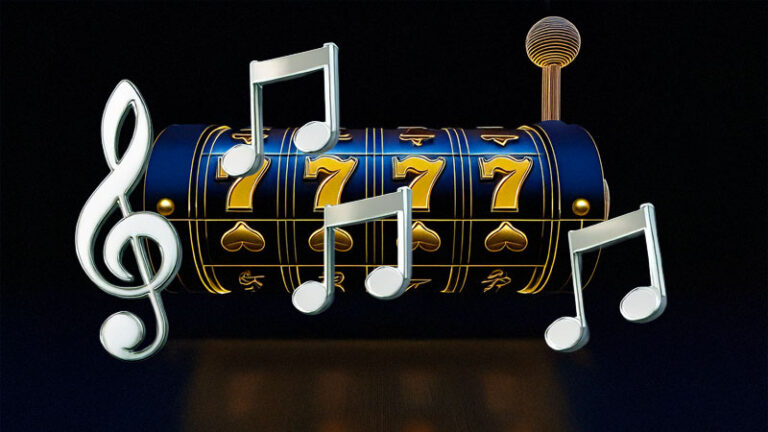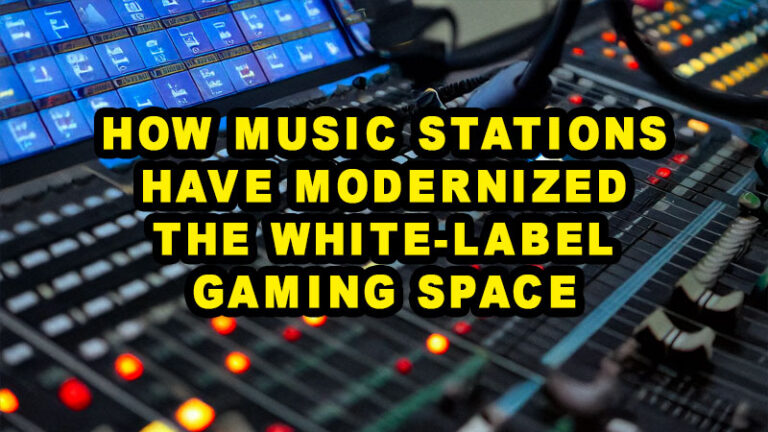Music has always had the power to move people, but in today’s streaming-driven world, how that music looks is nearly as important as how it sounds. With attention spans shorter than ever, creators need to capture eyes as well as ears. Enter the music visualizer: a digital art form that turns sound into motion, offering an immersive experience that resonates with fans, enhances branding, and increases visibility across platforms.
Whether you’re a bedroom beatmaker or a record label exec, picking the right music visualizer style for streaming isn’t just a matter of taste—it’s a strategic decision. The right visualizer grabs attention. The wrong one? It gets scrolled past without a second thought.
So what styles work best in the streaming era? Let’s explore.
Streaming and the Age of the Visual Companion
Gone are the days when music was consumed in isolation. Platforms like YouTube, Spotify, TikTok, and Instagram have blurred the lines between audio and video, giving rise to a more dynamic, content-hungry audience. Listeners now expect visuals to go hand-in-hand with their favorite songs, whether that’s a lyric video, a looped Canvas animation, or a waveform pulsing to the beat.
Music visualizers have become the go-to solution for artists who want to enhance their tracks without investing in a full-scale music video. They’re fast, flexible, and—when chosen wisely—remarkably effective at driving engagement.
But which visualizer style suits which use case? And how do you make your music stand out?
The Top Music Visualizer Styles for Streaming
Let’s break down some of the most popular and effective styles used today, especially across platforms like YouTube, Spotify Canvas, and Instagram Reels:
- Waveform Visualizers
Simple and clean, waveform animations show the rise and fall of your track’s amplitude in real time. Ideal for podcasts, voiceovers, or minimalist tracks, they keep things elegant without overwhelming the music. - Spectrum Bars
A fan favorite, these visualizers display frequency levels as vertical bars that dance along with your track. They’re versatile, energetic, and perfect for electronic, hip-hop, and pop genres. - Circular Audio Reactors
These come in various forms—rings, pulsing dots, or spirals—and often surround the artist’s logo or album artwork. Great for branding and widely used on platforms like YouTube. - Particles and Glitch Effects
These use visual FX like floating particles, glitching elements, or smoke trails that react dynamically to your music. They add a sense of movement and mystery—ideal for lo-fi, ambient, or experimental tracks. - 3D Visualizers
Using rendered objects or animated environments, these offer a futuristic and immersive feel. They’re especially effective on video-heavy platforms like YouTube and Twitch. - Album Art with Subtle Animation
Sometimes, less is more. Adding subtle movement to your static artwork (like zooms, ripples, or fades) keeps things interesting without stealing the spotlight from the music.
Each of these styles has strengths. The best one for you depends on your brand, genre, platform, and audience.
Match the Visual to the Platform
What works well on YouTube might not translate on Instagram Reels. A flashy 3D animation might wow desktop viewers but lose its impact on a small phone screen. To choose the best visualizer, you need to consider where your content is being streamed and how users engage on that platform.
YouTube is the king of longer-form music visuals. People go there for the full track and often use it as a music discovery tool. Spectrum bars and circular reactors work brilliantly here, especially when combined with a logo or signature animation. YouTube also rewards high-resolution visuals, so 3D animations and ambient particle effects shine.
Spotify Canvas, by contrast, favors looping visuals that last just 3–8 seconds and appear vertically behind the now playing screen. These need to be subtle but compelling. Glitch effects, abstract loops, and motion graphics applied to album art can all work well.
Instagram Reels and TikTok prioritize immediacy and vertical format. Short, bold, high-contrast visuals—like spectrum bursts or punchy lyric overlays—are key. If it doesn’t grab attention in the first two seconds, it’s already been swiped away.
Twitch and Live Streaming Platforms offer a chance to use real-time reactive visuals, often synced via MIDI controllers or plugins. 3D environments or interactive spectrum displays work well here, especially for DJs and producers.
Consider Your Genre and Aesthetic
Choosing the best visualizer style isn’t only about platforms—it’s also about your sound. A minimalist piano track needs a different vibe than a dubstep banger.
Think of the visualizer as your track’s clothing. Would your song wear a tuxedo, a leather jacket, or neon spandex?
Here’s a general guide:
- Lo-fi, ambient, or acoustic: Stick with soft color gradients, flowing particle effects, or slow circular animations.
- Hip-hop or trap: Use bold spectrum bars, glitch overlays, or urban-inspired 3D elements.
- Electronic or dance: Go for high-energy, bass-reactive visuals—pulsing spectrums, neon rings, or immersive 3D loops.
- Rock or alternative: Consider stylized waveforms or kinetic typography for lyrics.
- Pop: Use bright color palettes, dynamic shapes, and movement synced to vocals.
Your visualizer should complement—not compete with—your music’s energy. When done right, it strengthens the emotional impact of your track.
Branding Through Visuals
One often overlooked benefit of visualizers is their role in branding. Over time, consistent use of a specific style can become part of your identity. This branding can later be applied to merchandise and swag, which can further help your cause.
Take an indie synth artist who always uses a vaporwave-style circular visualizer with neon pinks and blues. After a few uploads, fans start to recognize the look—even before they hear the first note.
This is especially valuable for emerging artists looking to stand out in a crowded field. By sticking to a visual language (color scheme, animation style, logo usage), you turn each track into a building block of your brand.
You can even incorporate merch and marketing into your visual strategy—QR codes, social handles, or matching artwork on patches, coasters, and stickers.
Do You Need Motion Graphics Skills?
Here’s the best part: you don’t need to be a motion graphics wizard to make great visualizers anymore. There are dozens of online tools designed for artists, not animators.
Platforms like Videobolt, Vizzy, Renderforest, Specterr, and Rotor offer pre-made templates with customizable options. You upload your music, drop in artwork or logos, tweak the animation style, and export a ready-to-stream video—sometimes in minutes.
If you want more control, software like Adobe After Effects with plugins like Trapcode Sound Keys gives you serious power, though it has a steeper learning curve.
There are even mobile apps for quick visuals on the go—perfect for last-minute teasers or social content.
So, Which One Is Best?
The best visualizer style for streaming is the one that connects your music with your audience in the most compelling way.
If you’re streaming on YouTube and want long-form content, spectrum bars and animated album art with branding are excellent choices. For social clips, go bold and punchy. For Spotify Canvas, keep it smooth and subtle. And if you’re performing live? Consider integrating reactive visuals that respond in real-time.
It’s also perfectly okay to use multiple styles across platforms—as long as they remain visually consistent with your brand.
Final Thoughts: Let Your Music Be Seen
In a world where visuals compete with audio for attention, music visualizers are no longer just a nice touch—they’re a vital part of your streaming toolkit. The right style can help you stand out, build your brand, and keep fans watching just as long as they’re listening.
So the next time you finish a track and start thinking about promotion, ask yourself: How does this song look?
Choose the right visualizer, and you might just find your music getting played—and seen—by more people than ever.





